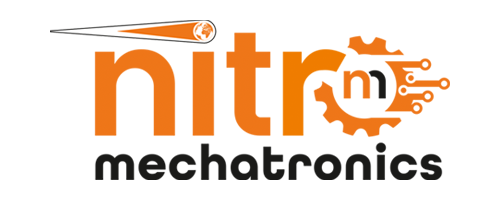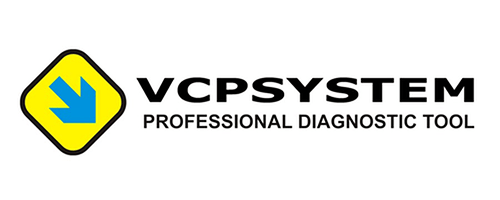What is ADAS? What are ADAS subsystems?
ADAS (Advanced Driver Assistance Systems) Technologies is one of the fastest growing systems in vehicle electronics.
ADAS is the software and hardware system on the vehicle that ensures the safety of the driver and the environment before autonomous driving in vehicles with today's technology.
As technology developed, the automotive industry developed. As the automotive industry developed, the demand for autonomous vehicles increased.
Manufacturers have aimed to make vehicles fully autonomous after this increasing demand. For example, a system that warns the driver when the driver make a lane violation.
What is ADAS? What are ADAS subsystems?
ADAS (Advanced Driver Assistance Systems) Technologies is one of the fastest growing systems in vehicle electronics.
ADAS is the software and hardware system on the vehicle that ensures the safety of the driver and the environment before autonomous driving in vehicles with today's technology.
As technology developed, the automotive industry developed. As the automotive industry developed, the demand for autonomous vehicles increased.
Manufacturers have aimed to make vehicles fully autonomous after this increasing demand. For example, a system that warns the driver when the driver make a lane violation.
ADAS technologies work in integration with sensors, cameras and radar systems in the vehicle.
In addition, thanks to the central ECU (electronic control unit) system on the vehicle, it processes the data in this sensor and camera systems and at the same time provides the control of the driving safety of the vehicle.
Vehicles with ADAS systems can be sensitive to certain objects, warn the driver of dangerous road conditions, and slow down in certain situations or stop the vehicle's speed.
Today, the five components that give power to ADAS technologies are as follows,
1- Sensors: Sensors are used to take security measures in the vehicle depending on a particular situation. However, sensors alone cannot provide complete safety in the vehicle. Thats why, we can consider these sensors as part of ADAS, a situation where more than one sensor is needed to increase safety and improve the performance of the drive.
2- Software: The software is the most important component in the hardware function in the vehicle. Companies in the automotive industry trust on software. Companies think that ADAS systems are more effective with software. In addition, the use of digital technologies such as cloud, mobility, and artificial intelligence is thought to be increasing by companies.
3- Actuators: Actuators allow ADAS systems to work seamlessly with electrical components in the vehicle. Companies can analyze the data in vehicle sensors. In addition, ADAS technology can make a decision according to situation of the actuators. For example, the actuators system supports everything from electric power steering, autonomous acceleration and autonomous braking.
4- Processors: The processors in ADAS technologies are used in many operations such as calculating proximity or threat levels from the environment to create a real-time 3D spatial model of the car's environment.
5- Mapping systems: Mapping systems collect, update and store geographic and infrastructure information via sensors to manage location in a vehicle.
ADAS technologies offer drivers a more comfortable and more reliable driving experience. For example, ADAS technologies offer drivers features such as Adaptive cruise control, Automatic parking, Automotive navigation system, Blind spot detection system, Lane departure warning system, Tire pressure monitoring, Surround view system and Intelligent speed adaptation.
ADAS technologies aim to increase the safety of drivers on the road around the world. Thanks to ADAS technologies, drivers are warned in situations such as drowsiness and distraction, allowing drivers to focus on driving.
In addition, ADAS technologies can identify the face of drivers driving a particular vehicle, and estimate the driver's age and gender.























